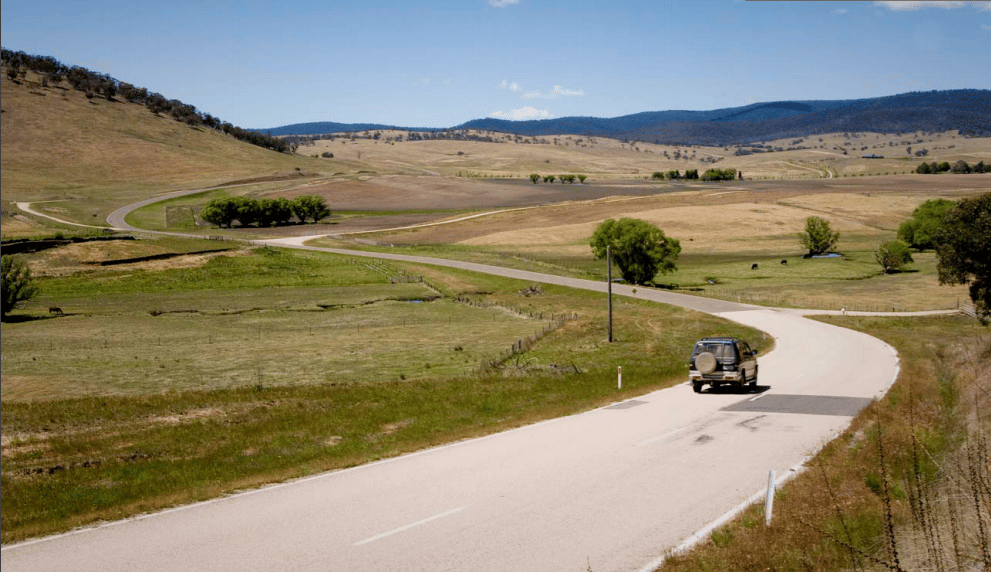
Likelihood is relative
The probability of a crash occurring at even the most dangerous locations on the road network is extremely small on a per-vehicle basis. So how can we ever justify a likelihood score of more than 1 (highly unlikely)? The number of vehicles passing the hazard is dealt with by the exposure score, so we can’t justify it that way. The answer is in relative likelihood. We know that some locations are prone to crashes – long stretches of rural highways and rural intersections to name a couple. Compared to other locations on the network, these locations would have higher likelihood scores. The scores can be further adjusted by the nature of the hazard, such as the radius of a bend, the complexity of an intersection and so on. So while the chance of any one vehicle crashing at a particular location may be small, it might be high compared to other locations on the network. This is the likelihood we are looking to score.
What is a Safe System Assessment?
A Safe System Assessment is a process to measure road infrastructure’s alignment with Safe System principles and the ultimate objective of eliminating fatal and serious injuries from crashes on the road network.The process is documented in Austroads Report AP-R509-16, VicRoads’ and DPTI’s Safe System Assessment Guidelines. This Fact Sheet provides supplementary information and clarification.
